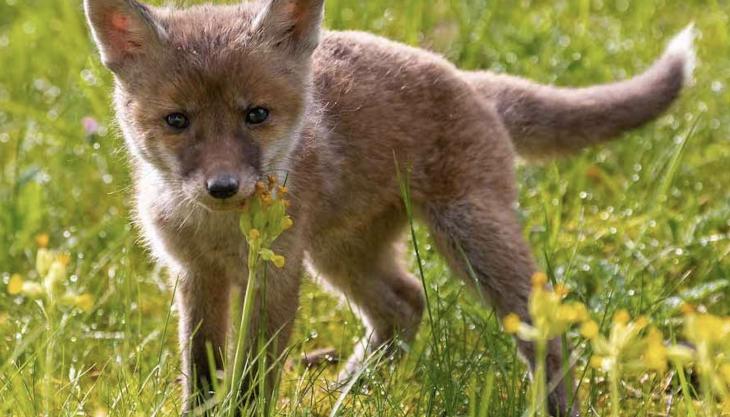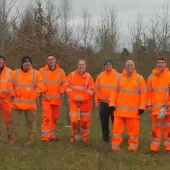Wildlife in abundance at CEMEX UK sites

Thirteen of the company’s quarries across the UK record more than 100 species of flora and fauna
AS part of their dedication to conserving and enhancing biodiversity across all business areas, CEMEX UK has worked with their employees to complete wildlife surveys at 23 quarries across the UK. The results show that 13 sites recorded more than 100 species each, including a wide variety of wildflowers, butterflies, rare birds and protected mammals.
Cambusmore Quarry, in northern Scotland, was the most diverse of all sites surveyed, with 200 species recorded in total. This included 15 Red List birds, six protected mammals and 66 flowering plants. There were regular sightings of pine martens, ospreys, Atlantic salmon, otters and high numbers of red squirrel.
Meanwhile, Raynes Quarry, in north Wales, is the most improved site, with a total of 132 recorded species. The creation of a wildflower meadow has been successful, with 87 different varieties of flowering plant spotted, including several types of orchid. This has in turn attracted many different butterflies and moths, such as ringlet, small heath, common blue, dingy skipper, dark green fritillary and cinnabar moth. There are plans for goats to be used to graze the wildflower meadow in Autumn as a natural method of scrub control.
The survey has been relaunched for the coming year, with the aim to expand it across the UK, covering all 35 quarries. This monitoring is vital as it helps to inform and develop the Biodiversity Action Plans at each site; assessing how activities such as planting wildflower meadows, wetland creation or installation of bat boxes are doing, and highlighting areas for potential improvement.
Sean Cassidy, regional environmental manager for sustainability, commented: ‘Encouraging biodiversity across our business locations is a priority for CEMEX and this initiative has demonstrated the success of these efforts.
‘It’s a great opportunity to reflect on the work completed so far and consider how it can be developed further, while also encouraging our teams to get involved and appreciate the wildlife for themselves. We are excited to see what this year’s survey records.’









